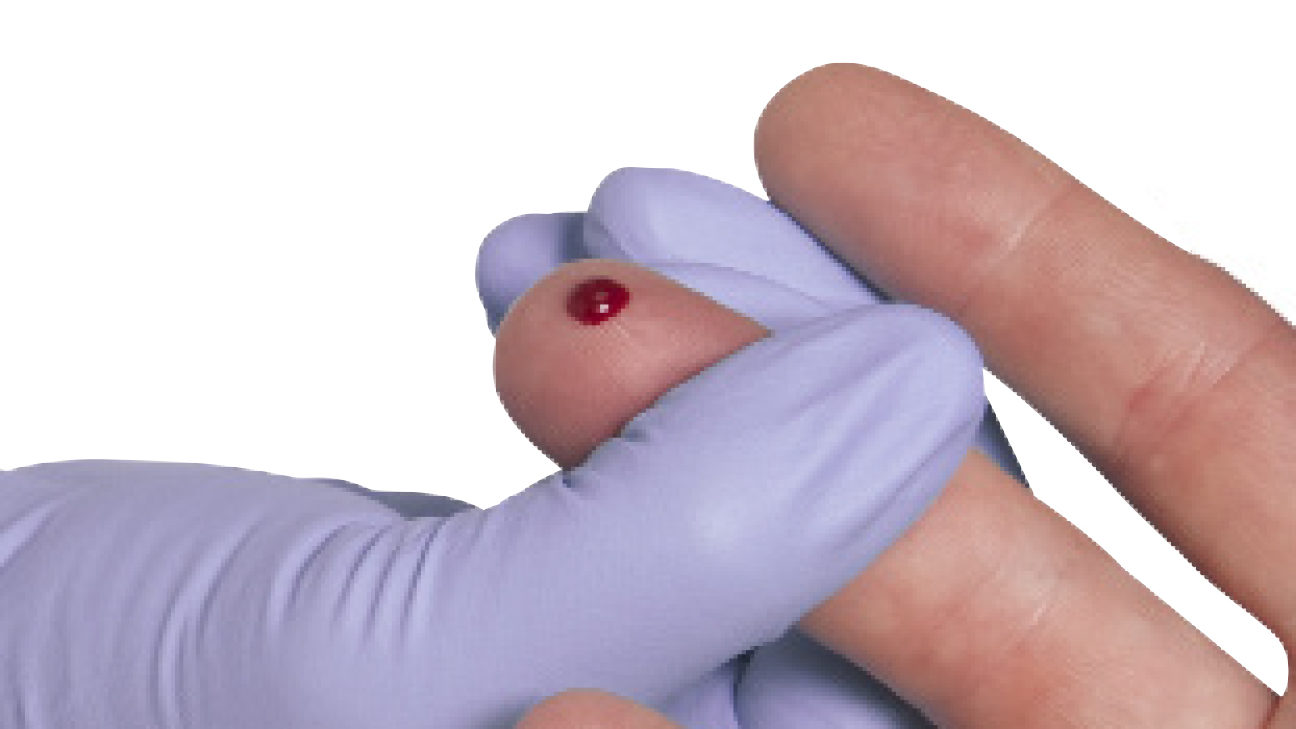What is the reason for performing a weekly prothrombin time (PT) test?
Purpose of the PT Test
A PT test measures the time it takes a blood sample to form a clot. This test is based on the WHO tilt tube method. Most labs report PT test results using INR (international normalized ratio) which is a calculated measurement that adjusts for laboratory test variances.
The normal clotting cascade involves proteins called clotting or coagulation factors. Prothrombin, a clotting factor produced by the liver combines with other substances to form a blood clot. Low prothrombin levels may cause excessive bleeding. High levels may cause dangerous clots to form in arteries or veins.
PT Test Schedule
PT tests are usually scheduled on a weekly basis to monitor prothrombin levels for patients taking warfarin. Warfarin is a blood thinner that aids in the prevention of blood clots and resulting conditions like deep vein thrombosis or pulmonary embolism.
Performing a PT Test with a Portable Meter
View this video to see how easy the PT2 meter is to use. The Coag-Sense® PT/INR Monitoring System provides accurate prothrombin results by reporting the ACTUAL clot time. No algorithms or look-up tables required. PT/INR results are available in a few minutes using the Coag-Sense® PT2 Meter . The normal range for INR is 0.8 to 1.1 and the therapeutic range for a patient on warfarin is 2.0 to 3.0.
Providing the right result at the right time, for precision in anticoagulation medicine management!



